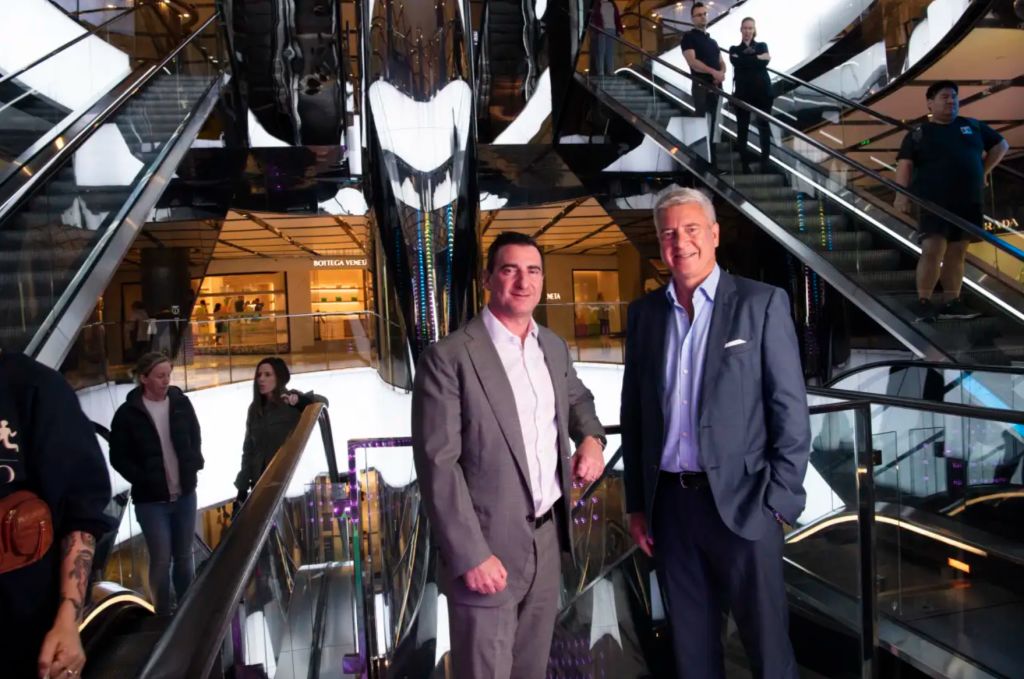Westfield owner-operator Scentre is confident its $34 billion portfolio of high-profile shopping malls can outrun the twin threats of rising inflation and interest rates through its indexed leases and hedged debt arrangements.
Australia’s biggest owner of shopping malls, including destinations such as Westfield Sydney, has reaffirmed its guidance to lift earnings by 5.3 per cent this calendar year, which aligns with its financial year.
It also expects to distribute at least 15¢ per security this year, representing an increase of at least 5.3 per cent.
In its first-quarter trading update, the ASX-listed company reported more shoppers in its malls than a year earlier – albeit still slightly down on pre-pandemic numbers. As well, sales across its speciality tenants were 11.2 per cent higher in March this year compared with 2019.
“That to me is showing the strength of the customer is probably more than what people anticipated,” chief executive Peter Allen told The Australian Financial Review. The Scentre boss is confident the low unemployment rate and the vast build-up in household savings will buoy shoppers, who face steeper household bills and the first rate rise in more than a decade.
But behind what is happening on shop floors across Westfield malls, it is the structure of leases Scentre strikes with its tenants which gives the $14 billion company its best buffer against rising inflation, according to Mr Allen.
About 80 per cent of its leases with specialty tenants are inflation-linked, through average annual rent escalations of CPI plus 2 per cent. The remainder of its leases have fixed annual rent increases, averaging 4 per cent.
Some 90 per cent of Scentre’s net operating income comes from its speciality tenants.
“We are a huge inflation hedge,” Mr Allen said.
Those leasing arrangements were put to the test during the first quarter with Scentre striking 536 lease deals, all indexed to inflation, a testament to the robust outlook of the mall landlord’s retail tenants, according to Mr Allen.
“Those businesses are comfortable taking the lease for five to seven years, on that basis,” he said.
The second leg of Scentre’s defence against rising rates is swift action taken by its chief financial officer, Elliott Rusanow, who will take over as chief executive in October, to increase the proportion of the company’s debt book which is hedged. That comes at a higher fixed cost, but reduces the component of floating debt exposed to rate rises.
Scentre’s interest rate hedging has increased from 50 per cent to about 65 per cent from the start of next year. From 2024, its interest rate hedging has been extended from 40 per cent to about 50 per cent.
“That change of interest rate environment has occurred quicker than anyone anticipated,” Mr Rusanow said.
“We’ve been able to provide our security holders a level of coverage for the volatile interest rate environment that is emerging in the shorter term.”
